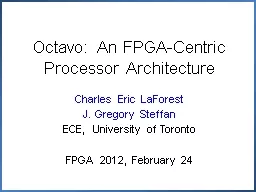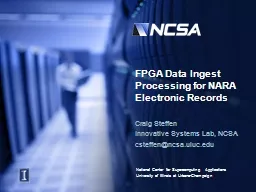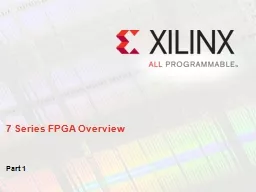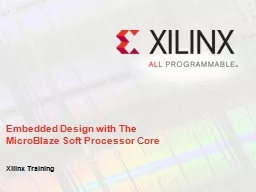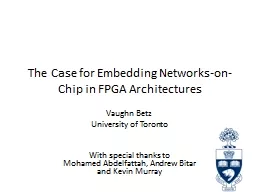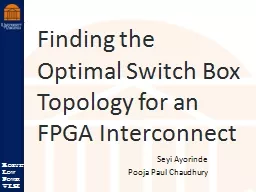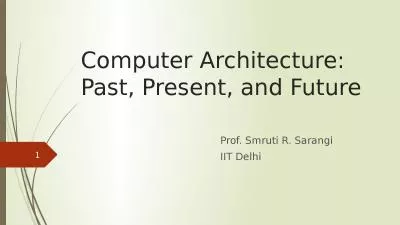PPT-Octavo: An FPGA-Centric Processor Architecture
Author : cheryl-pisano | Published Date : 2017-05-23
Charles Eric LaForest J Gregory Steffan ECE University of Toronto FPGA 2012 February 24 Easier FPGA Programming We focus on overlay architectures Nios MicroBlaze
Presentation Embed Code
Download Presentation
Download Presentation The PPT/PDF document "Octavo: An FPGA-Centric Processor Archit..." is the property of its rightful owner. Permission is granted to download and print the materials on this website for personal, non-commercial use only, and to display it on your personal computer provided you do not modify the materials and that you retain all copyright notices contained in the materials. By downloading content from our website, you accept the terms of this agreement.
Octavo: An FPGA-Centric Processor Architecture: Transcript
Download Rules Of Document
"Octavo: An FPGA-Centric Processor Architecture"The content belongs to its owner. You may download and print it for personal use, without modification, and keep all copyright notices. By downloading, you agree to these terms.
Related Documents

